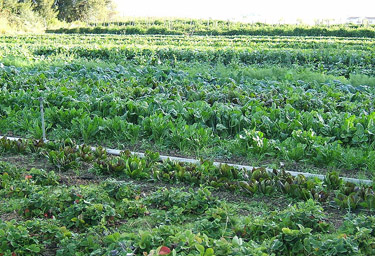 A rather odd little grouping of things. A large flock of geese in a cow pasture.
A rather odd little grouping of things. A large flock of geese in a cow pasture.
Here's the video:
Geese and Cattle Egrets in a cow pasture
Video by Gretchen Quarterman, Lowndes County, Georgia, 2 June 2012, for Okra Paradise Farms.
-gretchen
 A rather odd little grouping of things. A large flock of geese in a cow pasture.
A rather odd little grouping of things. A large flock of geese in a cow pasture.
Here's the video:
Geese and Cattle Egrets in a cow pasture
Video by Gretchen Quarterman, Lowndes County, Georgia, 2 June 2012, for Okra Paradise Farms.
-gretchen
 It’s kind of hard to tell with the low light, the fuzzy cell phone video, and especially with them crawling over each other. You can hear them, though!
It’s kind of hard to tell with the low light, the fuzzy cell phone video, and especially with them crawling over each other. You can hear them, though!
Here’s the video:
How many little birds are there?
Video by John S. Quarterman for Okra Paradise Farms, Lowndes County, Georgia, 14 April 2012.
Probably house wrens. Nesting under the eaves of the farm workshop.
-jsq

|

|
|
Pileated WoodPecker
(Dryocopus pileatus) Flying: Dark trailing wing edge Perched: Small white patch Length: 16-19 in. Wing span: 26-30 in. |
Ivory-billed Woodpecker
(Campephilus principalis) Flying: White trailing wing edge Perched: Large white patch Length: 18-20 in. Wing span: 30-33 in. |
| Above illustrations by N. John Schmitt © Cornell Lab of Ornithology | |
You can clearly see when this bird flew overhead it had a black trailing wing edge: Continue reading
 Rob Goldstein writes in Conservation Maven:
Rob Goldstein writes in Conservation Maven:
A new study finds that organic farming promotes biodiversity compared to conventional agricultural practices. While past research has found similar results, this particular study is groundbreaking in that it detected ecological benefits from organic farming at both a local and a landscape level.It’s always good to see research validate what we see on the ground (pun intended).Researchers looked at the uncultivated, semi-natural borders between organic and conventional agricultural fields in Sweden. They found that the borders between organic fields had significantly higher plant species richness and abundance. The researchers hypothesize that this is likely due, at least in part, to the unintentional impact that herbicides can have on non-target species.
This is good news and not just for plants. Increases in plant species diversity likely trickle up the food chain benefiting the insects that eat plants (and the birds that eat insects).